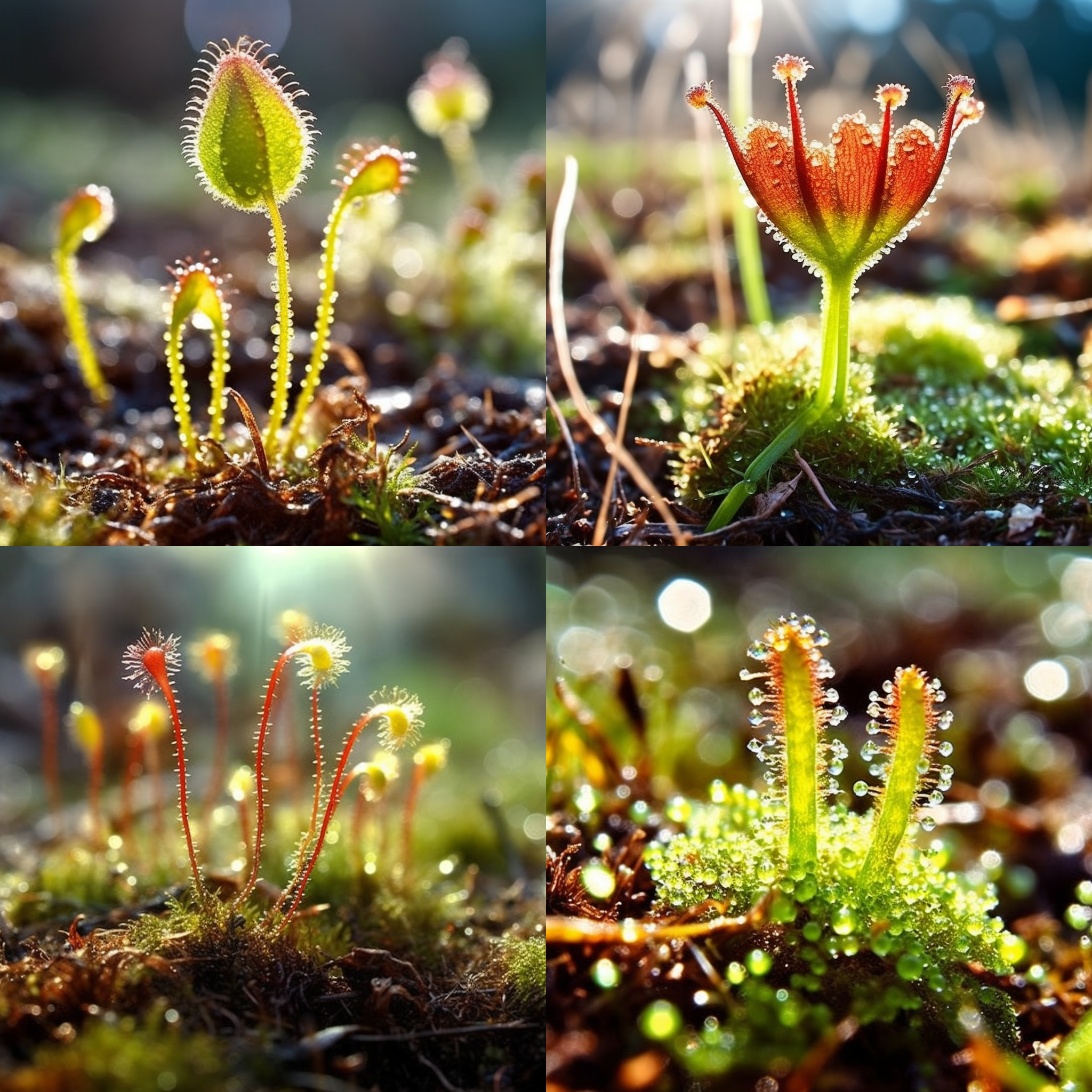Story of Day :
Contents
The Great and Funny Guide to Sundew Plants: Care Tips and Facts
Who doesn’t love a plant that eats insects? The sundew plant is one such carnivorous plants, which can be a great addition to any garden. With its unique appearance and fascinating behavior, it’s no wonder why so many gardeners are interested in growing sundews.In this guide, you’ll learn everything you need to know about the sundew plant, including care tips, fun facts, and much more.
What is a Sundew Plant?
Sundews (Drosera) are carnivorous plants that are native to bogs and other wetlands. They have long leaves covered with sticky hairs that trap insects. Once an insect gets stuck on the hairs of the leaf surface of this plant, the leaf will curl around it like a fist wrapping prey tightly until death by suffocation or digestion takes place. There are over 200 species of sundews worldwide with different sizes ranging from tiny plants only several millimeters across to giant ones at over half a meter tall.
There are over 200 species of sundews worldwide with different sizes ranging from tiny plants only several millimeters across to giant ones at over half a meter tall.
How to Care for Sundew Plants
 Sundews aren’t your typical houseplant or garden flower; they require special conditions for optimal growth. Here’s what you need to know:
Sundews aren’t your typical houseplant or garden flower; they require special conditions for optimal growth. Here’s what you need to know:
Lighting
 Sundews grow best in bright light conditions such as full sun outdoors or under grow lights indoors. However if placed outside they should not receive direct sunlight during hot times of day as this can burn their leaves due their delicate nature.
Sundews grow best in bright light conditions such as full sun outdoors or under grow lights indoors. However if placed outside they should not receive direct sunlight during hot times of day as this can burn their leaves due their delicate nature.
Soil
The soil for most species should be kept moist but not waterlogged at all times because they have adapted to living in boggy areas with low nutrient levels producing acid soils where other plants cannot grow well too easily due high acidity levels present here naturally unlike regular potting soil mixes.
Watering
It’s essential to keep the soil consistently moist when growing sundews, but avoid overwatering. If you see waterlogging or standing water in the pot’s drainage holes, be sure to remove it immediately as this can cause root rot.
Fertilizer
Sundews do not require fertilizers because they trap and digest insects for their nutrients as a natural source of food.
Fun Facts about Sundew Plants
– The hairs on sundew plants are called “tentacles,” which are covered in a sticky substance that traps insects.
– Sundews have been used in traditional medicine to treat respiratory ailments like coughs and colds.
– Charles Darwin was fascinated by sundew plants and even wrote a book about them.
– Some species of sundews can live up to 50 years!
Sundew Plant Care Mistakes to Avoid
Here are some common mistakes that gardeners make when caring for sundew plants:
- Overwatering: As mentioned earlier, too much water can lead to root rot.
- Poor Lighting: If your plant isn’t getting enough light, it might not grow properly or may become etiolated.
- Salty Water: Tap water with hard minerals or salt content cannot be used directly for watering due their sensitivity towards mineral buildup which is harmful.
- Dry Air: Sundews thrive best at high humidity levels indoors while outdoors they do fine without additional humidifiers.
The Bottom Line
Growing a sundew plant is an excellent way to add an intriguing touch of nature into your garden or home. With proper care techniques on lighting conditions, soil moisture levels management including avoiding unnecessary mineral buildups from salty tap waters you will have little trouble maintaining its unique beauty. The best part is that sundew plants are not only fascinating to look at, but they also have a practical purpose in trapping insects which can help control pest populations in your garden.So what are you waiting for? Add a sundew to your collection today, and be amazed by the beauty and wonder of this exceptional plant!
